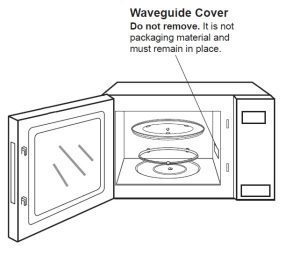Microwave waveguides are essential components in the transmission of microwave energy for various applications, from communication systems to radar and beyond. These hollow metal pipes guide electromagnetic waves from one point to another with minimal loss, making them indispensable in fields where precision and efficiency are paramount.
Key Components of Microwave Waveguides
Materials and Quality
Manufacturers typically construct microwave waveguides from high-conductivity metals such as copper or aluminum to minimize power loss during transmission. The choice of material directly impacts the waveguide's efficiency and durability. For instance, aluminum offers a lightweight advantage and good conductivity, which is crucial for airborne applications, while copper provides superior electrical properties and is ideal for ground-based systems where weight is less of a concern.
Specifications and Parameters
The dimensions of a microwave waveguide, including its width, height, and length, are critical. These specifications determine the frequency range the waveguide can efficiently transmit, typically between 1 GHz and 300 GHz. The standardization of sizes, such as the WR-90 waveguide for X-band (8 to 12 GHz) applications, ensures compatibility and performance across different systems.
Advantages of Using Microwave Waveguides
Microwave waveguides offer several advantages over traditional transmission lines like coaxial cables. They can handle higher power levels, which is essential for radar and satellite communication systems requiring transmission of signals over great distances without significant loss. Additionally, waveguides exhibit lower loss at microwave frequencies, making them more efficient for high-frequency applications. Their robust design also means they are less susceptible to environmental factors such as temperature changes or moisture, which can affect the performance of other types of transmission lines.
Applications in Industry
Communication Systems
In satellite and terrestrial communication systems, microwave waveguides play a crucial role in transmitting high-frequency signals with minimal loss. They ensure the reliable transfer of data over long distances, critical for broadcasting, internet services, and mobile phone networks.

Radar Systems
Radar systems rely on microwave waveguides to transmit and receive high-frequency signals used in air traffic control, weather monitoring, and military applications. The waveguides' ability to handle high power and resist environmental interference ensures accurate and reliable radar operation.
Medical and Scientific Equipment
Microwave waveguides are also instrumental in medical and scientific applications, such as in MRI machines and particle accelerators. Their precision and efficiency in guiding high-frequency electromagnetic waves are crucial for the detailed imaging and research conducted in these fields.
Cost, Efficiency, and Lifespan Considerations
The efficiency of microwave waveguides in transmitting electromagnetic waves directly affects the overall system's performance and energy consumption. High-quality waveguides reduce power loss, translating into lower operational costs and improved system efficiency. The initial cost of microwave waveguides can vary depending on the material, size, and specifications required for the application. However, their durability and low maintenance requirements often result in a lower total cost of ownership over their lifespan, which can extend for decades with proper care.
In conclusion, microwave waveguides are pivotal in numerous high-frequency applications, offering advantages in power handling, efficiency, and reliability. Their role in modern technology continues to expand as advancements in materials and manufacturing techniques improve their performance and reduce costs. For more detailed information on microwave waveguides, visit Dolph Microwave.
